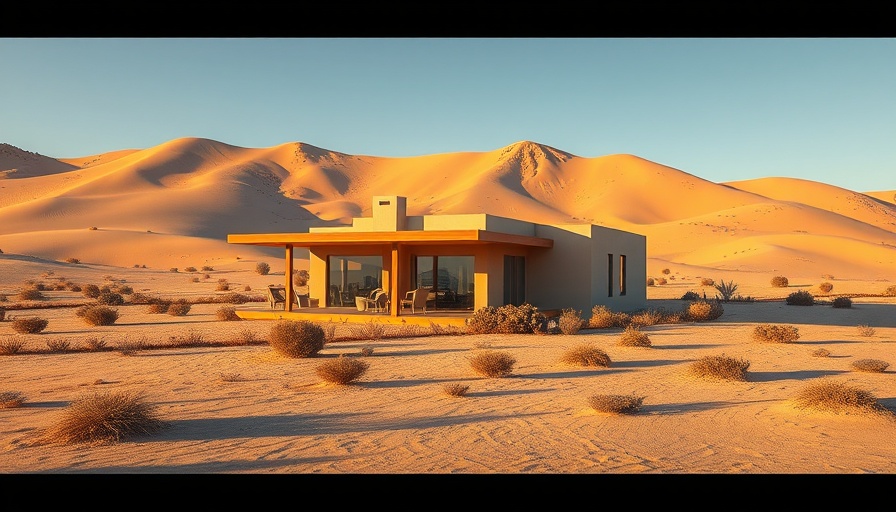
Modern Barn Designs in North Carolina: The Lumen House
As couples increasingly seek unique wedding venues that blend modern design with rustic charm, architectural innovations like The Lumen House in North Carolina exemplify this trend perfectly. Designed by The Ranch Mine, this stunning wedding venue harmoniously marries agrarian influences with modern aesthetics, offering an idyllic setting for love stories to unfold.
Embracing Agrarian Influences
The Lumen House sits on a sprawling 29-acre site in Cleveland, situated near Charlotte, North Carolina. The venue offers a fresh interpretation of traditional barn architecture with its two gabled structures that are connected through a welcoming veranda. According to The Ranch Mine, their approach is a modern nod to local barn designs, integrating sturdy, low-maintenance materials that are both aesthetically pleasing and durable.
Functional Spaces for Celebrations
This architecturally creative space spans over 4,500 square feet and includes well-defined areas that serve distinct purposes for wedding festivities. One part features a banquet hall enhanced by a greenhouse-style design that is both elegant and functional, using specialty glass that regulates temperature throughout all seasons. Together, these spaces create an experience that remains in sync with nature, relaxing yet sophisticated.
Symbolism in Design: The Archway
One of the standout elements of The Lumen House is the minimalist archway, which serves as a poignant backdrop for nuptials. The Ranch Mine describes the archway as a sculptural expression of the home, representing a couple’s shared journey—a beautifully crafted beginning of their lives together.
Long-Lasting, Eco-Friendly Materials
In response to the unique challenges of hosting events, the design employed by The Ranch Mine features materials meant to withstand time and wear. For instance, one structure is clad in durable black brick, while the other is wrapped in white cementitious boards, emphasizing a sleek, modern appearance. These choices align with the growing trend of eco-conscious construction, reflecting a commitment to sustainability.
The Importance of Ergonomics in Wedding Design
For couples planning their big day, thinking about comfort extends beyond aesthetics; it touches upon ergonomics as well. The smooth flow of space within The Lumen House allows guests to move freely, creating an environment that encourages connection and interaction among attendees. Ergonomic considerations ensure that seating, accessibility, and layout foster relaxation, making the day memorable.
Paving the Way for New Designs
The Lumen House showcases the potential to redefine wedding spaces in North Carolina. With increasing demand for venues that offer a blend of modernity and rustic elegance, venues like The Lumen House will likely inspire architects and designers nationally to rethink traditional structures. It’s indicative of how the wedding industry can pivot towards more sustainable, stylish options that resonate with modern couples.
Why Modern Barns are Trending
As noted in several articles highlighting North Carolina's best barn wedding venues, like those featured on Wedding Spot and in Dezeen, the allure of modern barns stems from their unique fusion of nature and contemporary architecture. Couples are embracing locations that not only provide the backdrop for their vows but also facilitate the creation of lifelong memories. The Lumen House embodies the spirit of innovation within the realm of love and celebration.
To explore more unique design concepts for your own wedding, consider visiting venues that prioritize both stunning aesthetics and the comfort of their guests. After all, the celebration of love deserves a captivating space.
 Add Row
Add Row  Add
Add 




Write A Comment